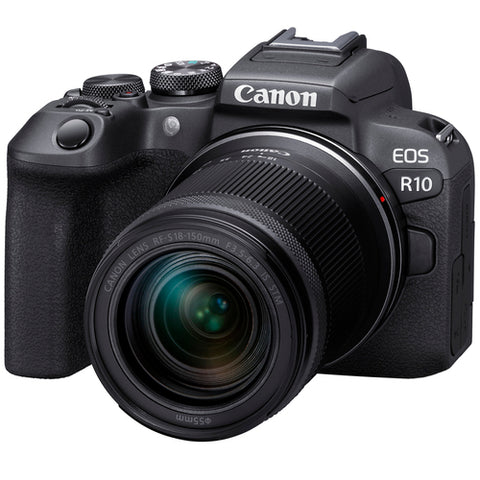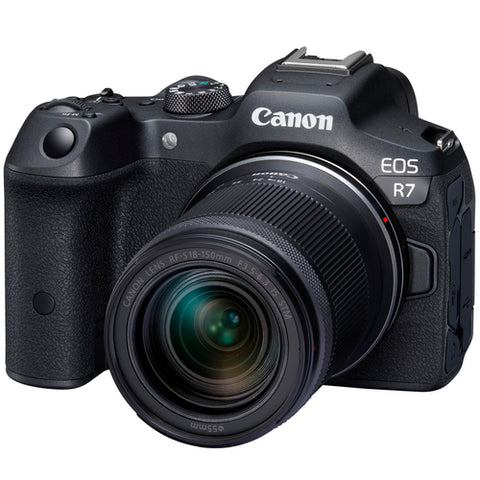
The EOS R10 and EOS R7 have been making a lot of noise in the camera industry since its release date in late May. Canon, one the best in the business and a global leader, expanded its extremely popular EOS R series cameras with 2 new models featuring smaller APS-C imaging sensors. A first of its kind for the EOS R series.

Canon’s new R7 and R10 are unbeatable by anything else in its price range. The first thing that jumps out at me is that both cameras share the same autofocus system as Canons top of the line EOS R3 mirrorless camera model, which happens to be full frame and cost about 6k. Many professional photographers suggest the R3’s autofocusing system the best available amongst the competition, so its rather exciting to see this feature being introduced in lower cost models.
DIGIC X & Auto Focusing
The DIGIC X image processor, which is one of Canon’s many proprietary secrets of engineering, is featured in both the R7 and R10 and is much faster than the DIGIC 8. DIGIC X powers 4k resolution video capture and reduces noise.
Dual Pixel CMOS Auto-Focus technology is widely considered as one of the most advanced tracking systems, with presets to automatically identify different subjects such as people, animals, and vehicles. This system is so powerful that at simple default settings you will achieve amazing shots while tracking your subject, even when the subject may be moving at great speeds in any direction, including closer and father away in distance. Testing this, the camera automatically knew where the action was and what to focus on with impressive detail to the focus box as I watched it follow my subject as it moved swiftly, so did the focus area. I know many consumers will appreciate this very much. It’s like an AF gift that the R7 and R10 inherited from the R3. This is a very big deal.
The expanded EOS R series of models ranges from the EOS R3 which is the top model, then the R5 and R6, and now the EOS R7, and then the EOS R10 as the latest additions to this great series of cameras. As the price suggests, the EOS R series are for pros, so naturally adding these two new models at a lower price point within this powerful camera line offers something for the everyday consumer looking for something a bit more professional while packing a big punch, and simultaneously offering something to professionals looking for something powerful but a bit lighter weight and more consumer like.

Canon’s R10 is an incredible camera. Everything about it screams value and cutting-edge technology. In fact, both the R10 and R7 share many features, however, they have their differences and judging by their model numbers of 7 to 10, one can assume these differences may be significant and substantiate the $500 difference in price. So, let’s have a deeper look, review the specs and see how it translates to each model.
R10 vs R7
Canon also released 2 new RF-S lenses which will be optimized for the smaller APS-C sensor size of the new EOS R camera system. The RF-S18-45mm F4.5-6.3 IS STM gives an 18-45mm focal length with a field of view equal to 29-72mm lens coverage on a full-camera frame and RF-S18-150mm F3.5-6.3 IS STM offers longer-range standard zoom and a 29-240mm lens coverage on a full frame.
Final Thoughts
The R10 is an amazing camera that knocks anything else in its price range out of the park. Its small compact size, combined with the powerful professional features of a high caliber camera will bring stunning colors and sharpness to your images. This is a great camera for personal and professional photography settings. On the flip side, the R7 is a masterpiece with power unmatched in its price class. The slightly larger size and handle feels like a professional grade camera, built with so much power and so many features you only see in more expensive cameras. I would even say that the R7 exceeds its price class, easily.